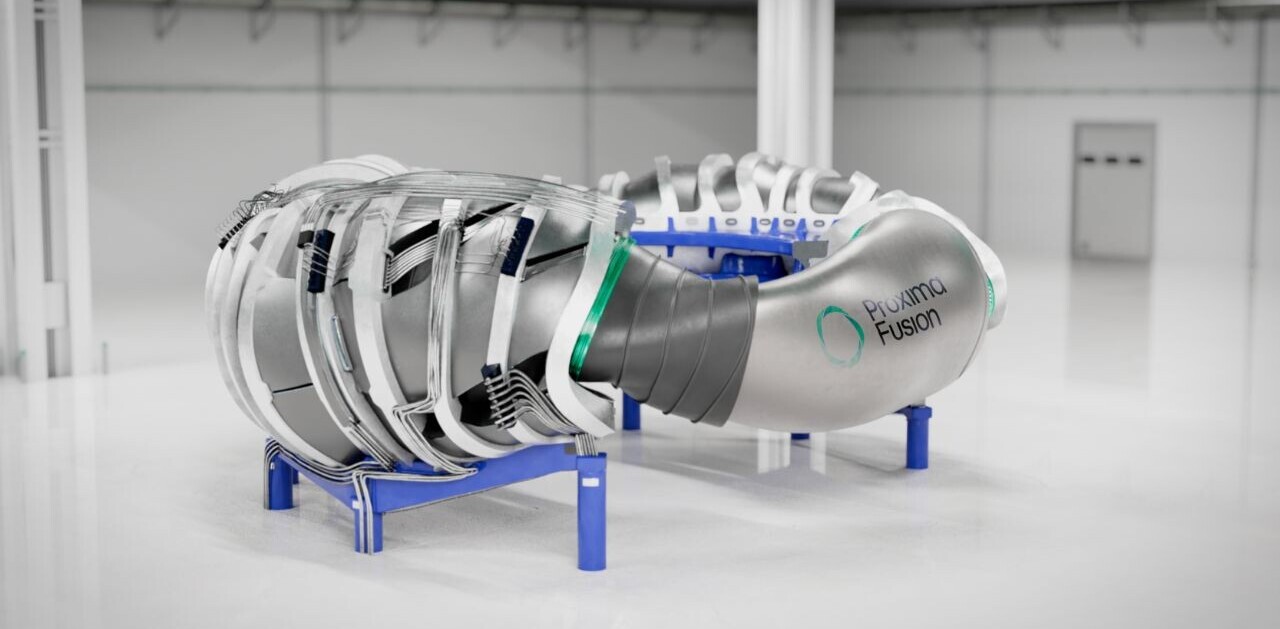
A reversal in the fortunes of a string of startup darlings this year has hammered home that massive growth alone does not make a business successful and sustainable. Throughout 2019, we’ve seen a number of ‘success stories’ slashed in value, cutting jobs, and facing an uphill struggle to restructure and turn themselves around, most notably at the unicorn stable of Softbank. So, has reality finally caught up with the startup growth illusion?
It might be the big names that hit the headlines, but the growth illusion is as much of an issue among startups just setting up shop. A culture has developed over the last few years which values rapid expansion above all else, including many of the fundamental building blocks of a scalable business, such as product-market fit, and a business model that actually brings profitability, at least at the underlying customer level.
However, following the events of 2019, there are signs the industry is waking up to the danger of pursuing this risk-laden strategy and I predict that next year, we’ll increasingly see startups and investors that are focused on getting to underlying profitability before they go for growth, rather than the other way around.
Growth forecasts – the root of the issue
A good place to start is with growth forecasts. Any investor will be familiar with the typical startup pitch deck, which invariably includes unrealistic forecasts of the growth that the business will achieve in its first few years. Founders are told they need to show the ‘magic’ €100 million net revenue target in three to four years to be meaningful to venture investors, but very few of these ever materialize in such a short timescale.
In fact, in the majority of cases, immediately following investment, companies go through a growth pause as they take time to ramp up their sales and marketing teams, fine-tune marketing strategy and iron out any product issues, before they are in a position to expand.
While it’s understandable that founders want to be ambitious, these kinds of forecasts undermine their position right at the start of their journey, setting them on the path of chasing increasingly unrealistic targets that often don’t make sense for the business.
This drive for growth at all costs frequently pushes founders to spend irresponsibly, waste funds on initiatives that are doomed to fail, not to mention raising the team’s stress levels in the process, increasing the chance of burn-out.
I’ve often seen businesses expand via aggressive marketing, move into new product verticals or geographies without having secured a strong product-market-fit. More often than not these attempts do not succeed. It is a waste of time and money that would be much better spent on getting those business fundamentals right first.
Moving towards more realistic forecasts
The cautionary tales of 2019 mean that VCs and the wider investment community are becoming increasingly skeptical of outlandish forecasts and instead want to see founders who can show they have a good grasp of the fundamentals and what it takes to reach a certain trajectory.
Presenting these forecasts realistically is about building trust in the ability of the team to prepare a plan that can be delivered. That doesn’t mean that founders shouldn’t also be ambitious by showing additional upside that can be generated should stars align.
Growth forecasts are a reflection of a number of factors, including what the ‘true, addressable market’ is for the company’s solution, what proportion of that market the team might be able to capture, the efficiency of the unit economics of the business, and the realistic speed of growth, based on product readiness and availability of proven marketing channels.
Of course, things will never pan out exactly as you hope, particularly with early-stage businesses, but the numbers should at least be argued well upfront and supported by reasonable judgement on the deliverability of a product that’s ready to be sold, go-to-market channels that have been tested, and unit economics that make sense.
Being realistic about forecasting also saves founders the time and aggravation of speaking to ‘wrong’ type of VCs. Not all sectors or business models can sustainably deliver consistently high levels of growth, whether that’s because the addressable market size is niche, the sector is already too competitive, or the business model isn’t truly scalable. That’s not to say that less scalable businesses are weak or not worth investing in, but they don’t make sense for certain VCs to focus on.
Early-stage startup forecasts will always be highly speculative and of course VCs want to invest in founders who are dreaming big. However, it’s time that founders and investors learned the growth lessons of 2019 and put serious consideration into the types of businesses we want to build in the next few years. Sustainable growth is the smart way forward.
Get the TNW newsletter
Get the most important tech news in your inbox each week.




